Let’s Enjoy Temple and Shrines
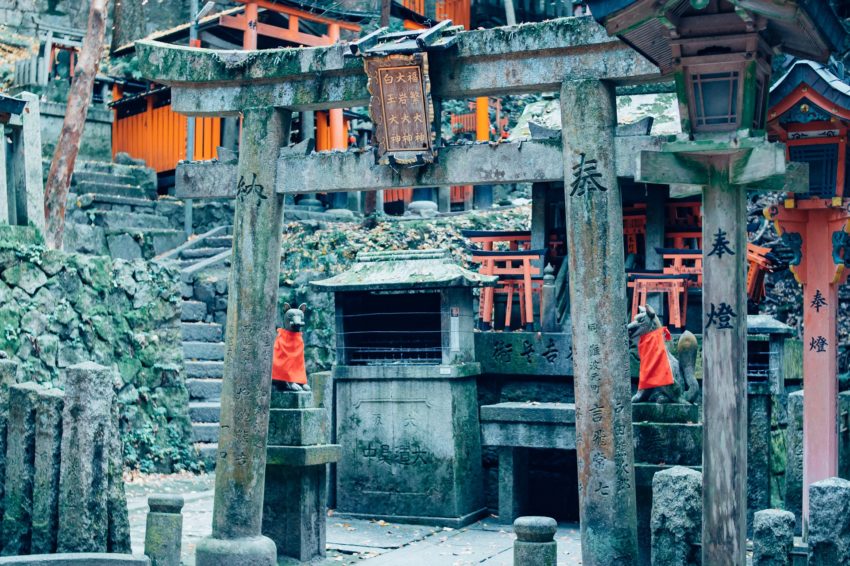

In front of Sensō-ji (Photo by Conner Dooley)
Japan has sometimes been called the “the land of gods”. Indeed, the Shinto
faith is centered around the belief that supernatural beings inhabit all
things. There are many shrines and temples dotting the landscape of
Japan. They come in many sizes depending on what is being worshipped
there. Some have even been regarded as cultural properties and UNESCO
World Heritage Sites. Visiting them has become a personal hobby of mine,
and hopefully you can gain an appreciation of them as I have.
First of all, a common word you may hear is kami. What are they? They
are deities or spirits that can represent certain ideas like love, birth, war,
death, etc. or actual objects in nature like a tree, volcano, lake, and so on.
It is possible for even dead humans to be venerated as kami, being
regarded as ancestral or protector figures. With the introduction of
Buddhism to ancient Japan, aspects of the religion became merged with
Shinto, making it not uncommon for a Shinto shrine and Buddhist temple to
occupy the same space.
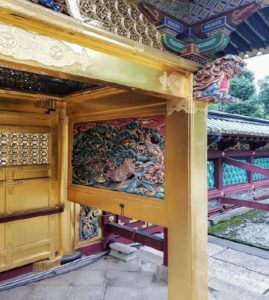
Inside Ueno Tōshō-gū (Photo by Conner Dooley)
Some of the most famous temples and shrines boast the most fascinating architecture and intricate carvings. The colors used are vibrant and appealing. I have found myself standing in marvel at the craftsmanship involved in the creation of such buildings. I believe that the pictures don’t do them justice and must be experienced in person. If you are a history buff, some of these structures have been at the center of disasters, conflicts, and major changes that have happened to Japan over the centuries. Luckily, most major sites will have an English translation of a pamphlet given out that goes into the details of the shrine or temple.
There are also fun things that you can do and buy at shrines and temples. First of all, you have to offer a small prayer and money to the deity of the shrine or the Buddha of the temple. There are specific rituals for them that can be found online by doing a little research, but I won’t go into detail here. The money you offer is up to you but the traditional amount is five yen. Think of it as a donation for the upkeep of the buildings and being able to preserve history for future generations.
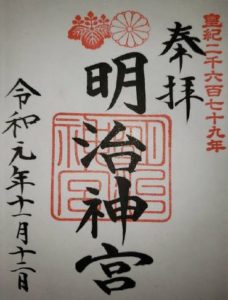
Nikko Tōshō-gū goshuin (Photo by Conner Dooley)
Next, each shrine and temple is different, but you may be able to visit a museum or walk around the gardens. Finally, you can find out your fortune or buy an omamori, to protect you from bad experiences and receive specific blessings. If you want, you can also buy a goshuinchō, or a book to keep goshuin. The goshuin are unique stamps that are purchased from temples and shrines to show that you have visited there. If you can get a lot of goshuin, it turns the goshuinchō into an impressive work of art that shows where you’ve been.
Temples and shrines are a place of worship and history. They offer an insight into the traditions and culture of Japan. I have many stories from the temples and shrines, as well as goshuin, from the places I have visited. I can’t wait for the end of the pandemic so that I have the opportunity to
travel and visit much more in Japan!
Ready to experience your own adventures throughout Japan? Numerous opportunities are still available! For more information, read all about the job of an ALT!
Photo Credits:
Additional photos provided by Conner Dooley, used with permission
All other content (text) created by the original author and © 2021 MUSUBI by Borderlink
RELATED
-
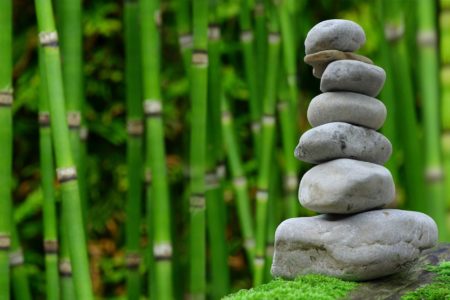
Come for the Shinto, Stay for the Zen
Top Image: Schäferle via Pixabay Buddhist temple in Yamaguchi prefecture.What’s the difference between a shrin… -
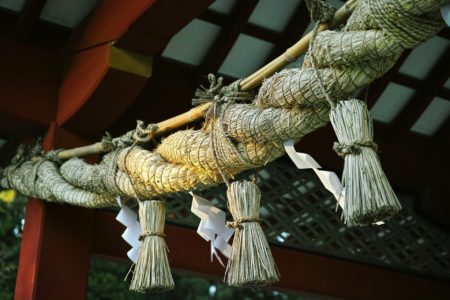
Have You Ever Heard of a “Two Year Visit”?
Top photo: koshinuke_mcfly on Pixabay Timothy shares his tale of how 2021 began with a visit to a shrine…… -
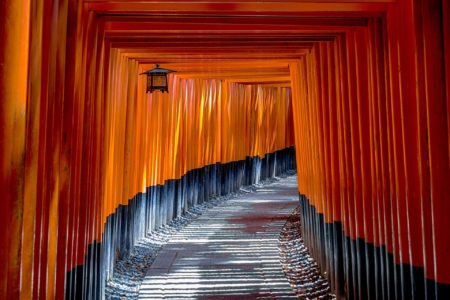
Short Takes: A New Language Is A New Life
Top photo: oadtz on Pixabay Even with a new year underway, it can be easy to feel held down by the problems of…
PEOPLE

Conner Dooley
From America
Has lived in Japan for 2 years and looking forward to many more!


